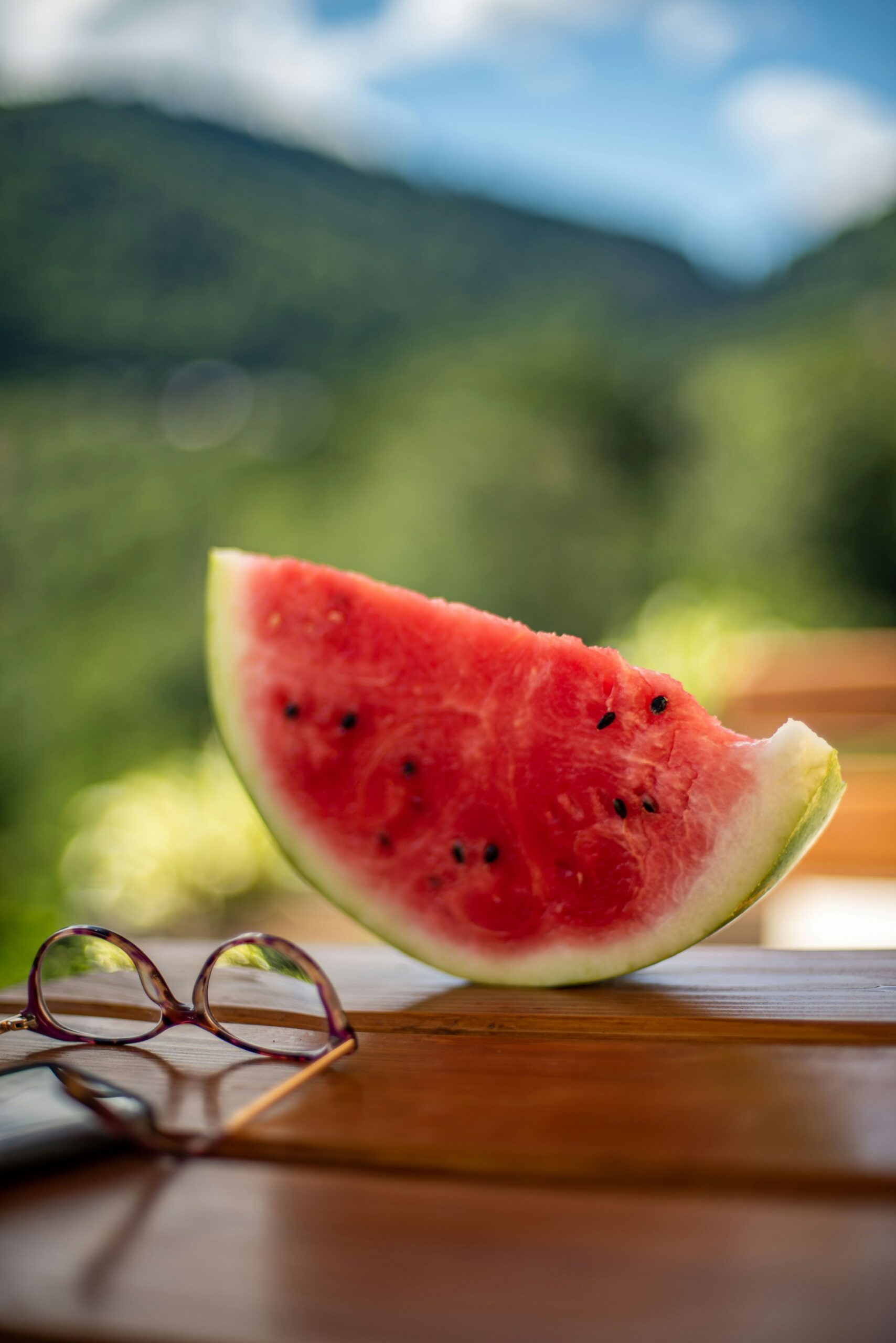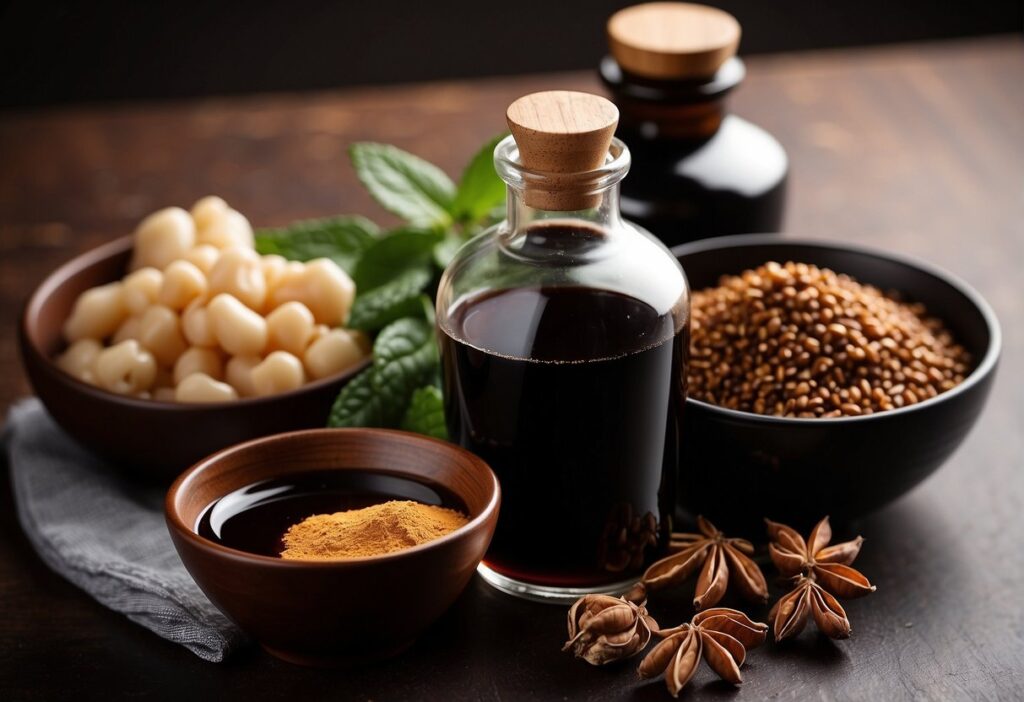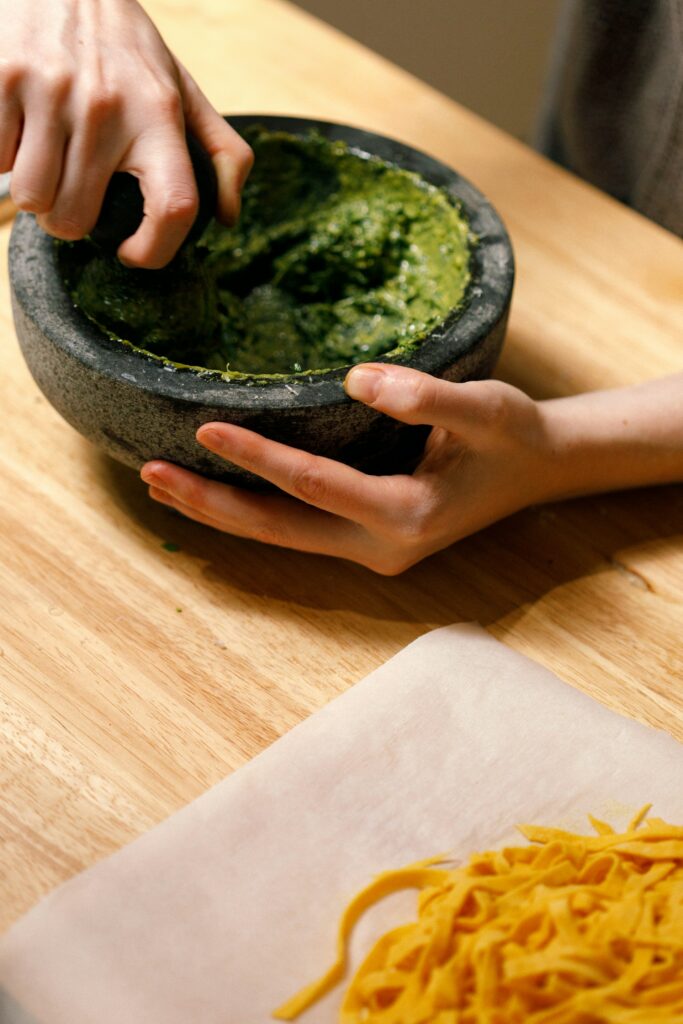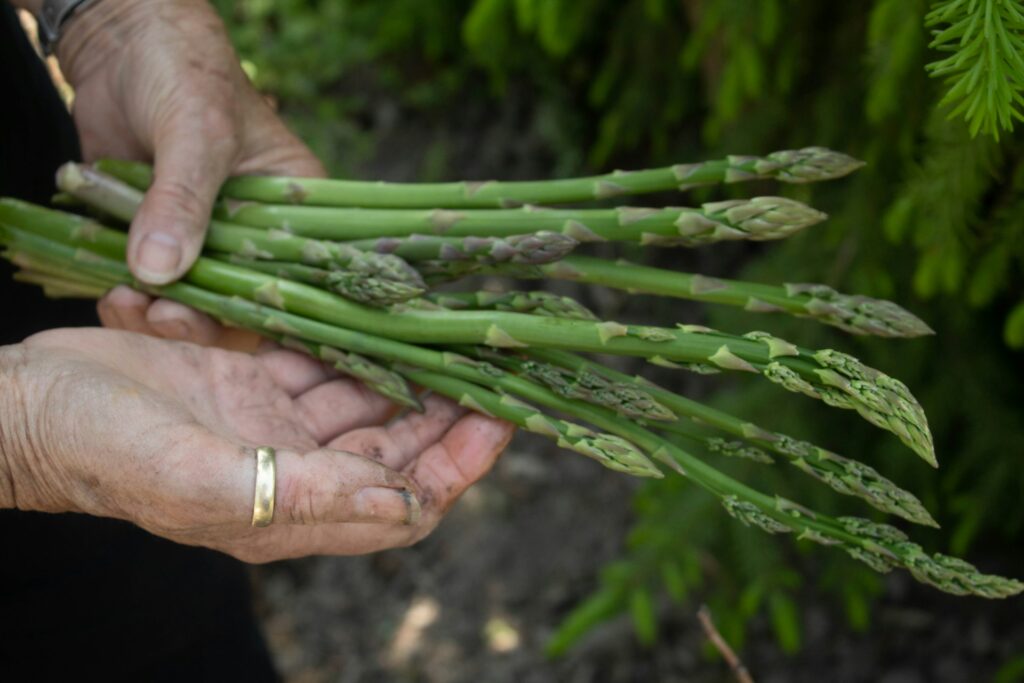
Watermelons are a popular fruit known for their refreshing taste and high water content, making them a favorite during the hot summer months. Contrary to what some might imagine, watermelons do not grow on trees. This common misconception may stem from the fact that some fruits, such as apples and oranges, do grow on trees, and watermelons are similar in size and shape to some tree fruits.
The watermelon, scientifically known as Citrullus lanatus, is a vine-like flowering plant that produces large, juicy fruits. It is a part of the Cucurbitaceae family, which includes other vine-growing foods such as cucumbers, pumpkins, and squash. Understanding how watermelons grow is important both for agricultural purposes and for those interested in cultivating their own fresh produce.
Key Takeaways
- Watermelons do not grow on trees but rather on vine-like flowering plants.
- The watermelon is part of the Cucurbitaceae family, which also includes cucumbers and squash.
- Proper cultivation techniques and storage methods are crucial for optimal watermelon growth and freshness.
Watermelon Basics
Watermelons are a popular fruit known for their hydrating properties and sweet taste, primarily grown on vines on the ground.
What Is a Watermelon?
A watermelon (Citrullus lanatus) is a large, juicy fruit that belongs to the melon family. Unlike tree-grown fruits, watermelons develop from a sprawling vine system, which creeps along the soil’s surface. These fruits are characterized by a hard green rind and a fleshy interior, which is usually pink or red and studded with black seeds, although seedless varieties are also common.
Origin and Varieties
The origin of watermelon is traced back to regions in Africa, where it has been cultivated for thousands of years. Since those early days, watermelon breeding has produced a multitude of varieties that vary in size, shape, and color. Some of the known watermelon varieties include the small and sweet ‘Sugar Baby,’ the large and oblong ‘Charleston Gray,’ and the ‘Moon and Stars’ variety, notable for its distinctive yellow speckled skin. The diversity of watermelons makes them a versatile fruit enjoyed across the globe.
Agriculture Techniques
Effective agriculture techniques ensure healthy watermelon growth from seeds to ripe fruit. The section below covers the critical aspects of planting, soil preparation, and maintenance required to cultivate watermelons successfully.
Planting and Growth Cycle
Watermelon seeds germinate best at soil temperatures of around 70-95°F (21-35°C). Gardeners often start seedlings indoors to control temperature before transferring them to the ground. Space between plants is crucial, with recommendations of 6 feet by 6 feet to allow for sprawling vines. The growth cycle begins with seed germination, moves onto leaf and tendril development, and ends with fruit setting once flowers have been pollinated.
Soil and Sun Requirements
The ideal soil for watermelon is loam, that is well-drained and slightly acidic to neutral (pH 6.0-7.0). Incorporating organic fertilizer, manure, or compost can enhance soil fertility supplying essential nutrients like nitrogen, potassium, and others. Watermelons require ample sunlight and should be planted in areas receiving full sun for most of the day to support robust growth.
Watering and Support Systems
Watermelons are mostly water and require regular watering, particularly during the stage of fruit enlargement. Irrigation should deliver consistent moisture while avoiding waterlogging. Mulch can help retain soil moisture and control weeds. Support systems like a trellis may be used for smaller garden spaces, but generally, watermelon vines spread across the ground. It is important to use support to avoid diseases and pests and to ensure proper air circulation among the leaves.
Harvesting and Storing
Harvesting and storing watermelons correctly is vital for maintaining the sweetness and ripeness of the fruit. Proper techniques ensure the yield is of high quality and suitable for consumption or sale.
Knowing When to Harvest
Watermelons typically signal their ripeness through several indicators:
- Color change: The part of the watermelon that rests on the ground turns from white to a creamy yellow.
- Stem: The curly tendrils near the stem start to turn brown and dry up.
- Sound: A ripe watermelon produces a hollow ‘thump’ when tapped.
- Weight: The fruit feels heavy for its size, indicating sufficient juice content.
- Appearance: The shiny exterior becomes dull when the watermelon is ripe.
It’s important to harvest before the first frost to prevent damage to the fruit.
Harvesting Practices
When harvesting watermelons, use the following practices:
- Use a sharp knife: Cut the stem close to the fruit being careful not to damage the vine.
- Support the weight: Watermelons vary in size, and some can be quite heavy; support the bottom of the melon when cutting it from the vine.
- Avoid dropping: Dropping can bruise the flesh internally, which may not be immediately visible.
Harvesting should be gentle to avoid wounds on the skin that could invite pathogens.
Storage Guidelines
To store watermelons properly:
- Temperature: Keep at 50-60°F (10-15°C) for best results.
- Humidity: Maintain 80-85% relative humidity to prevent dehydration.
- Circulation: Ensure good air circulation to prevent the accumulation of ethylene gas which can speed up decay.
- Duration: Most varieties can be stored for up to 2-3 weeks under ideal conditions.
- Isolation: Store watermelons away from other ethylene-producing fruits to avoid premature ripening or spoilage.
Following these storage guidelines will help keep harvested watermelons fresh and extend their shelf life.
Common Challenges
Growing watermelons, members of the Cucurbitaceae family alongside squash, cucumbers, and pumpkins, involves managing a host of challenges. These typically include pests and diseases, each requiring specific strategies to overcome. Balanced pH levels and adequate pollination are also critical for successful watermelon cultivation.
Pests and Diseases
Pests such as the cucumber beetle pose a significant threat to growing watermelons. These beetles not only feed on watermelon leaves but can also carry bacterial wilt, a disease devastating to the Cucurbitaceae family.
- Methods of control:
- Mechanical: Physical barriers like row covers can prevent access.
- Chemical: Appropriate insecticides can be applied, adhering to safety labels.
- Cultural: Crop rotation and the use of mulch can reduce pest populations.
Diseases affecting watermelons include fusarium wilt, powdery mildew, and downy mildew. These diseases can lead to significant losses if not managed properly.
- Preventative measures:
- Cultural: Crop rotation helps minimize disease carryover.
- Organic Measures: Organic fertilizers rich in phosphorus can promote healthy growth, making plants less susceptible.
Climatic Limitations
Watermelons thrive in warm climates but can face challenges when temperatures fluctuate.
- Optimal conditions:
- Temperature: Warm soil and air temperatures are required for germination and growth.
- pH: Soil pH between 6 and 6.8 is ideal for nutrient uptake.
- Water: Adequate irrigation during dry periods while avoiding waterlogging.
Pollination is a critical aspect of watermelon growth. Without sufficient bee activity for natural pollination, fruit development can be poor.
- Strategies to encourage pollination:
- Planting flowers: Attracts more pollinators to the garden.
- Avoiding pesticides during flowering: Ensures pollinators are not harmed.




